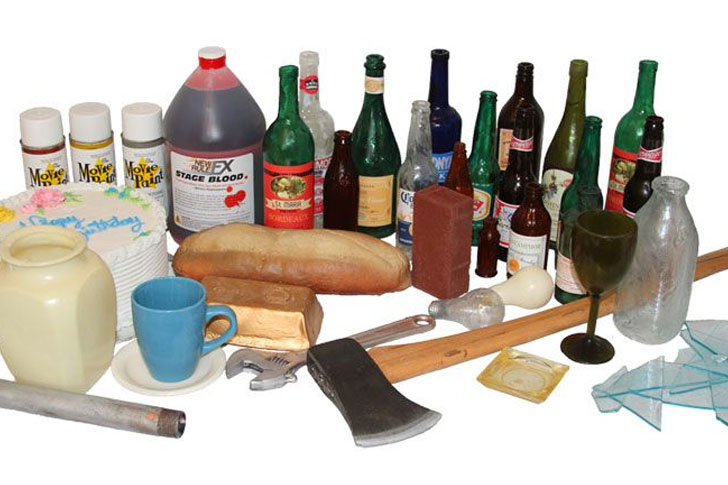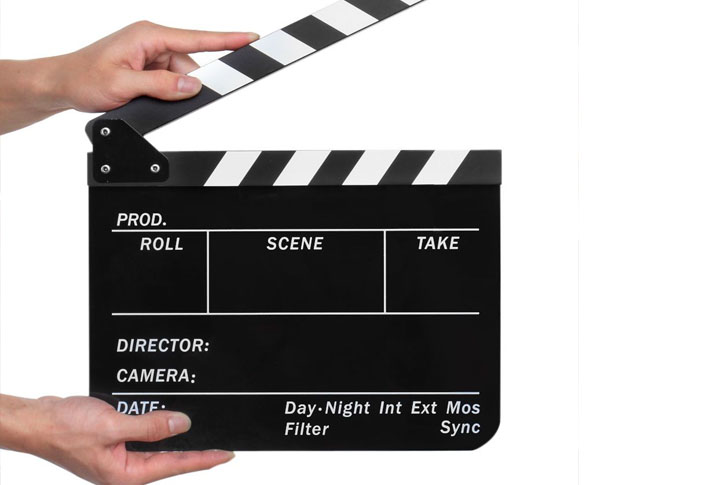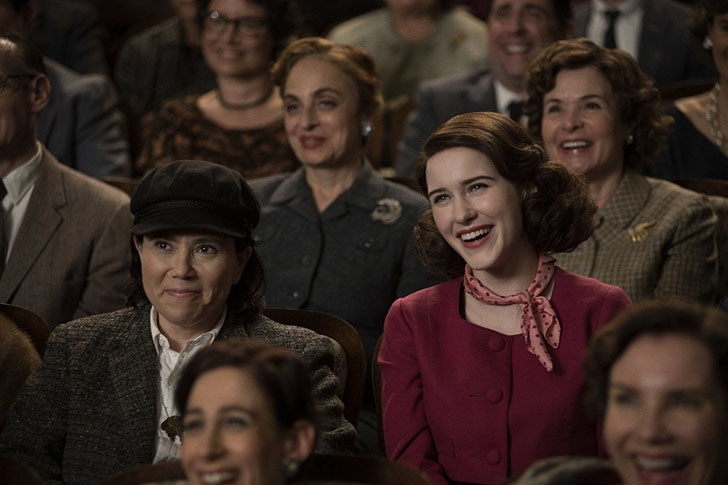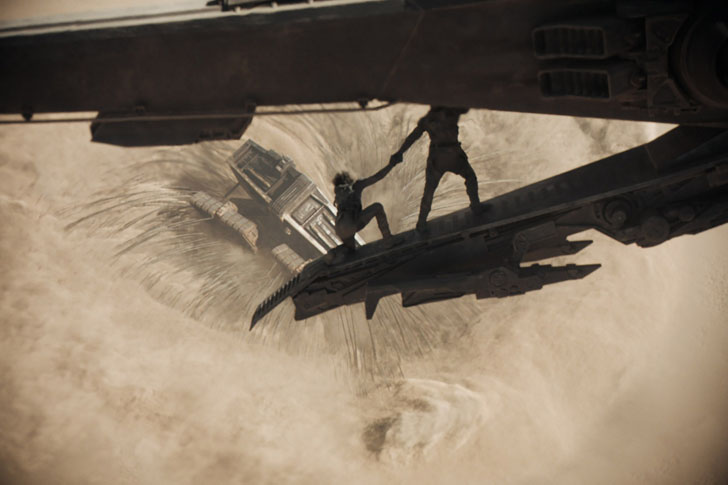Movie Magic: What Goes On Behind The Camera
Technology has indeed come a long way since its discovery. Through the years, numerous investments have been made utilizing these technological innovations. Of course, many of these endeavors take place in the entertainment industry, with movies and TV shows often relying on things like practical effects and CGI. Speaking of which, that’s not the only thing a film crew needs to finish a project. Well, if you’re interested in learning some behind-the-scenes facts, do stick around.

They Look Like The Real Deal
It’s no secret that making a film is a team effort. The production is composed of the producers, the actors, scriptwriter, crew, and the director. Speaking of which, the crew is in charge of preparing a variety of things, including preparing the props actors use on set. Suffice to say, they sure know how to replicate the real deal. After all, you wouldn’t want to accidentally hurt your actors with a stray shard of glass. For that, they use all types of alternatives, such as a glass made of sugar, also known as Breakaway glass – it’s also edible. Now, how about blood, you ask? Well, you don’t need to spend credit card points on this one: it’s just a mixture of non-dairy creamer, food coloring, and corn syrup.

No Eating On Set
We can all make a list of movies and shows showing their characters enjoying a nice meal. It’s safe to say we, the viewers, have thought at least once about wanting to try the food they eat on screen. Well, believe it or not, the actors in those scenes aren’t allowed to eat the food. While the project’s culinary team may have spent a significant amount of investment money preparing these, actors can only chew on them and not swallow. For one, shooting scenes often require several takes, so it would be a disaster if they run out of food before finally getting a good shot, among other reasons.

Extended Cuts
This one is a fairly well-known fact, especially among movie enthusiasts. After shooting a film, the director, scriptwriters, producers, and editor work on creating a cut of the movie that’s fit for release in the cinema. More often than not, what we see in the theatrical cut is also what we’ll get when we eventually buy it on DVD or stream on platforms such as Netflix. Sometimes, though, investments are made to create a new cut of the film, which usually includes more scenes and a longer runtime. With that said, one notable example would be Peter Jackson’s Director’s Cut of The Lord of the Rings trilogy, increasing each movie’s runtime by at least an hour. There are rare cases here and there where the extended cut feels like a different movie entirely, one example being Zack Snyder’s Justice League, famously known as the Snyder Cut.

Background Actors
Creating the sets used in movies and shows requires a high degree of creativity and resourcefulness, for sure. Even so, a set that looks just like an actual establishment isn’t enough to make it convincing. For one, you would need more than a few background actors to act like employees, bartenders, baristas, or customers on these sets. Now, although their presence helps create a more lived-in environment, these extras don’t actually say anything throughout their time on-screen: they just mouth random words to each other. This way, the microphones used on the set can only pick up the lines the main cast utter.

That Sounds Interesting
Speaking of extras acting like they’re talking, a production team’s sound department practically recreates just about every sound we hear in the movie. For that, sound designers have a studio known as a Foley stage, a quiet room filled with all kinds of items to help them with their job. Suffice to say, despite working behind the scenes, these people deserve plenty of credit for their hard work. If it weren’t for them, we wouldn’t have heard of things like Godzilla’s iconic scream or the highly-acclaimed horror film A Quiet Place. For the latter film, they utilized lobster legs to produce the sound the monsters make when they walk.

Not All Green Screens Are Green
At this point, just about everyone has heard of green screens. It’s something that’s usually found in movie sets. With some postproduction magic – also known as editing or chroma keying or rotoscoping – these green screens can be turned into faraway mountains or roads or whatever is needed for the set. Production teams also use other colors for particular scenarios, most commonly blue. For example, Denis Villeneuve’s sci-fi epic Dune utilizes sand-colored screens for their scenes in the desert. That way, it’s easier to create the visual effects needed because the actors and props are already lit correctly. If blue or green screens were used, more investment money would’ve been spent color-correcting the stray blues and greens appearing on an actor’s skin or a prop’s surface.
